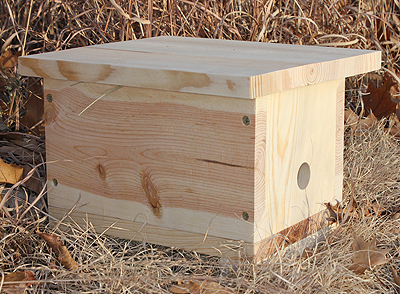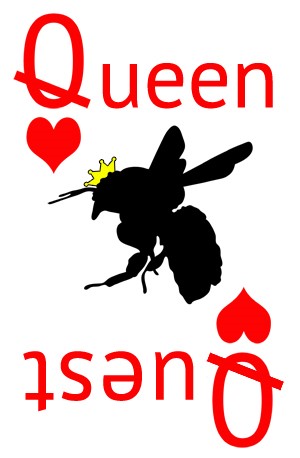Bombicile Project Overview
Project Overview Bombicile Designs Upload Your Bombicile Data
Placing Your Bombicile The Bombicile Challenge Recommended Resources
Bumble Boosters: Building a Better Bumble Bee Domicile is a citizen science project, engaging public of all ages to experiment with, disperse, collect data and collaborate with others about bumble bee domicile, or "bombicile" designs. Participants are encouraged to research bumble bees in order to design and test their own domicile designs.
Like many other important native pollinators, bumble bees are threatened by habitat loss, chemical use, and disease. Availability of nest sites is a key factor limiting bumble bee populations. Bumble bees do not make their nest. They instead locate abandoned rodent dens in which to establish a colony. There is high competition for these nest sites. Queen bumble bees will kill each other for control of a natural nest site.
It is assumed that a nest box that mimics an abandoned rodent den (a cavity with insulation) will attract bumble bee queens and provide them a place to nest. The more nesting sites available, the more chance for bumble bee queens to establish a colony – more pollinators. Many attempts have been made to design an effective artificial nesting domicile. Most designs and related research have found less than 10% acceptance rate of domiciles. The good news is that YouTube and other websites contain numerous reports of citizen scientists having good luck attracting bumble bees to homemade nest boxes. What are these citizen scientists doing to attract bumble bees? What in their nest box design is attracting bumble bees? How do we take aspects of their designs and build a better bumble bee nest box? These questions are something that the Bumble Boosters project seeks to answer.

The Bumble Boosters Team scoured the research literature and the web to find characteristics of successful bumble bee domiciles. In 2014, we created a design for a nest box that we felt would have the best chance of successfully attracting bumble bees. The small wooden box with Kapok fibers and grass hay insulating material mimics the cavity that bumble bees will nest in. This design contains two entrance holes for the bumble bees. The domicile has been designed so that participants can experiment with and adapt their design.
If you want to build your own bombicile and would like to participate in reporting your results, please explore the Bombicile Designs and Upload Your Bombicile Data pages for information about various designs. You can also contact bumbleboosters@unl.edu for more information.




